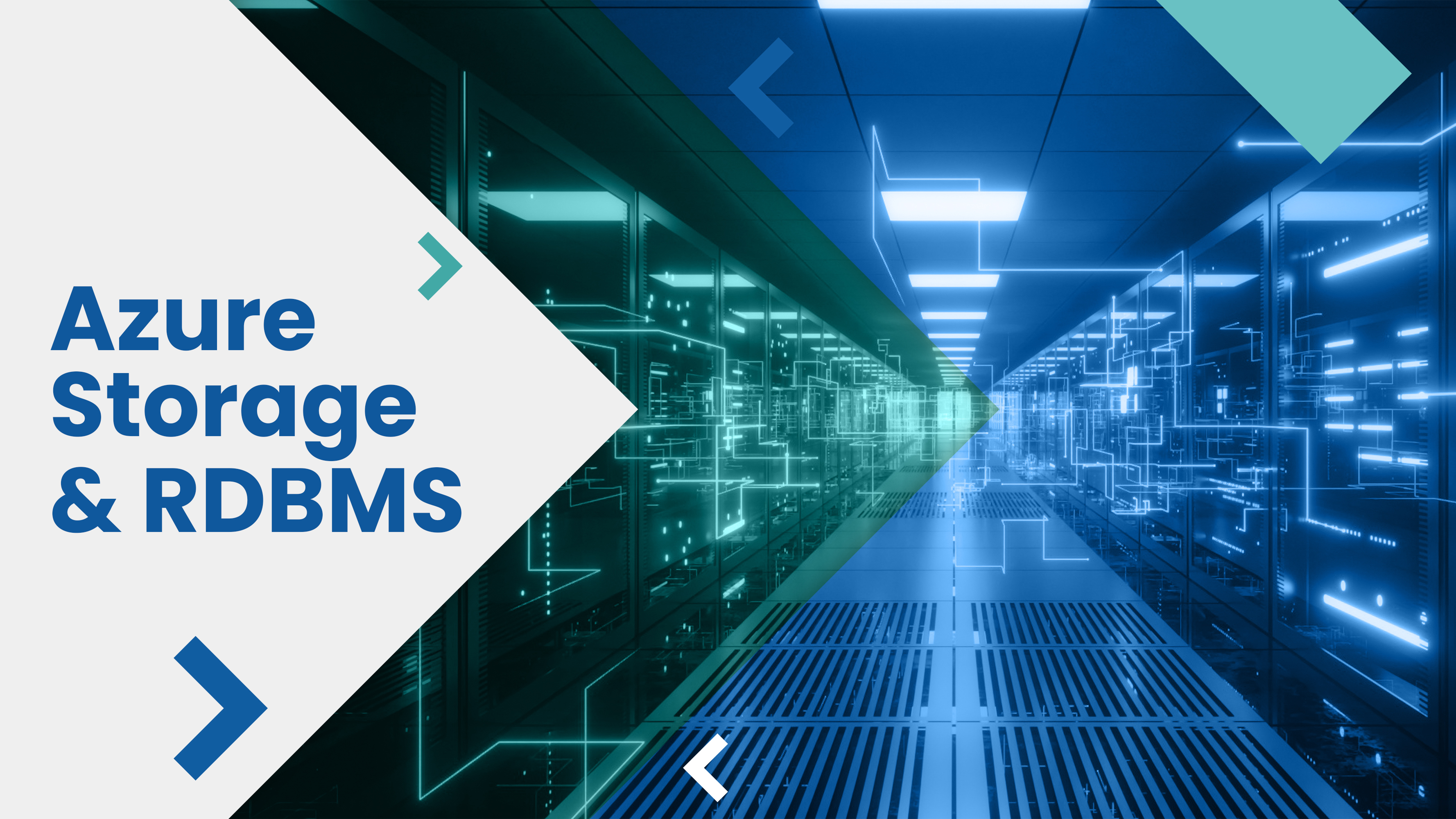10 AI-First Storage Patterns Using Azure OpenAI and Serverless Orchestration

With the rise of large language models (LLMs) and multimodal AI, storage isn’t just a backend layer—it’s now the starting point for intelligent automation. By combining Azure Blob Storage, Azure OpenAI, and serverless orchestration tools like Azure Logic Apps, Durable Functions, and Prompt Flow, you can turn unstructured data into actionable insights.
This article presents 10 practical, AI-first storage architecture patterns that you can deploy across industries and use cases.
🧱 Common Tech Stack Components
| Service | Role |
|---|---|
| Azure Blob Storage | Scalable object store for raw inputs (PDF, images, text) |
| Azure OpenAI | GPT-4o / GPT-4 Turbo for text, image, and JSON reasoning |
| Azure Form Recognizer | Text extraction and structure parsing |
| Prompt Flow | Prompt orchestration with variables and logic |
| Azure Functions / Logic Apps | Serverless triggers and integrations |
| Azure Cosmos DB | Store outputs, logs, and enriched metadata |
| Azure Key Vault | Secure access to keys, secrets, tokens |
💡 10 AI-First Storage Patterns
1. 📄 Auto-Summarize Uploaded Documents
Trigger: Blob created in invoices/ container
Flow:
-
Form Recognizer extracts text
-
Prompt Flow sends it to GPT-4o
-
Summary + tags written to Cosmos DB
Use Case: Invoice intake, legal doc summaries
2. 🧾 Extract FAQs from Knowledgebase PDFs
Trigger: Blob PDF uploaded
Flow:
-
Chunk document via Prompt Flow
-
Send chunks to GPT to extract Q&A pairs
-
Store in QnA Maker or Azure AI Search index
Use Case: Internal knowledge assistant or chatbot training
3. 🖼️ Classify Images + Caption Generation
Trigger: JPG/PNG uploaded
Flow:
-
Use GPT-4o with image input support
-
Generate alt-text or labels
-
Store captions in Blob Index Tags or metadata
Use Case: eCommerce, accessibility, digital asset management
4. 📚 Generate Metadata for Video Transcripts
Trigger: Video transcript JSON in Blob
Flow:
-
Send transcript to GPT-4 Turbo
-
Extract topics, keywords, speakers
-
Attach metadata to Blob or push to Search index
Use Case: Educational content, webinars, YouTube libraries
5. 🧠 Real-Time Search over Documents (RAG)
Trigger: User query
Flow:
-
Prompt Flow fetches relevant blobs using embeddings
-
Sends them to GPT-4o with a user prompt
-
GPT responds contextually
Use Case: Enterprise Copilot, Smart help desk
6. 🛡️ Sensitive Data Redaction Pipeline
Trigger: Blob uploaded (medical, legal)
Flow:
-
Azure OpenAI scans for PII
-
Mask/redact using Regex or GPT output
-
Store redacted copy in secure archive
Use Case: Compliance, healthcare, HR
7. ✉️ AI Email Classification + Routing
Trigger: Email body stored as blob
Flow:
-
GPT categorizes the message (Complaint, Query, Spam)
-
Route via Logic App to Teams, Zendesk, or Power Automate
Use Case: Customer support automation
8. 🧾 Contract Obligation Extraction
Trigger: Contract PDF added
Flow:
-
Form Recognizer + GPT-4o extract due dates, clauses
-
Populate SharePoint list or relational DB
Use Case: Legaltech, procurement workflows
9. 🎯 Blob-Powered Content Recommendation
Trigger: User uploads a doc or image
Flow:
-
GPT-4o analyzes content
-
Suggests related articles/files via vector search
-
Returns list in API or UI widget
Use Case: Knowledge management, LMS
10. 📁 Auto-Organize Uploads with Smart Tagging
Trigger: Any blob upload
Flow:
-
GPT-4o determines file category (e.g., resume, report, photo)
-
Assigns Blob Index Tags accordingly
-
Lifecycle rules manage retention
Use Case: File intelligence and lifecycle governance
🧰 Bonus: Modular Prompt Flow Template Structure
yaml
flow: - extract_text - analyze_intent (GPT-4o) - generate_summary (optional) - write_to_cosmos
🔐 Security & Cost Optimization Tips
-
Use Private Endpoints for Blob and OpenAI
-
Set read-only SAS tokens with short TTLs
-
Cache prompt results to avoid redundant GPT calls
-
Use Blob Tiering (Cool/Archive) for long-term storage
🏁 Final Thoughts
The fusion of cloud storage + GPT models + serverless tools gives developers the power to build autonomous, intelligent workflows that scale with minimal ops overhead.
With these 10 patterns, you can move beyond simple uploads and build AI-native platforms that:
-
Understand your content
-
Automate classification, routing, and response
-
Keep your data secure and lifecycle-aware